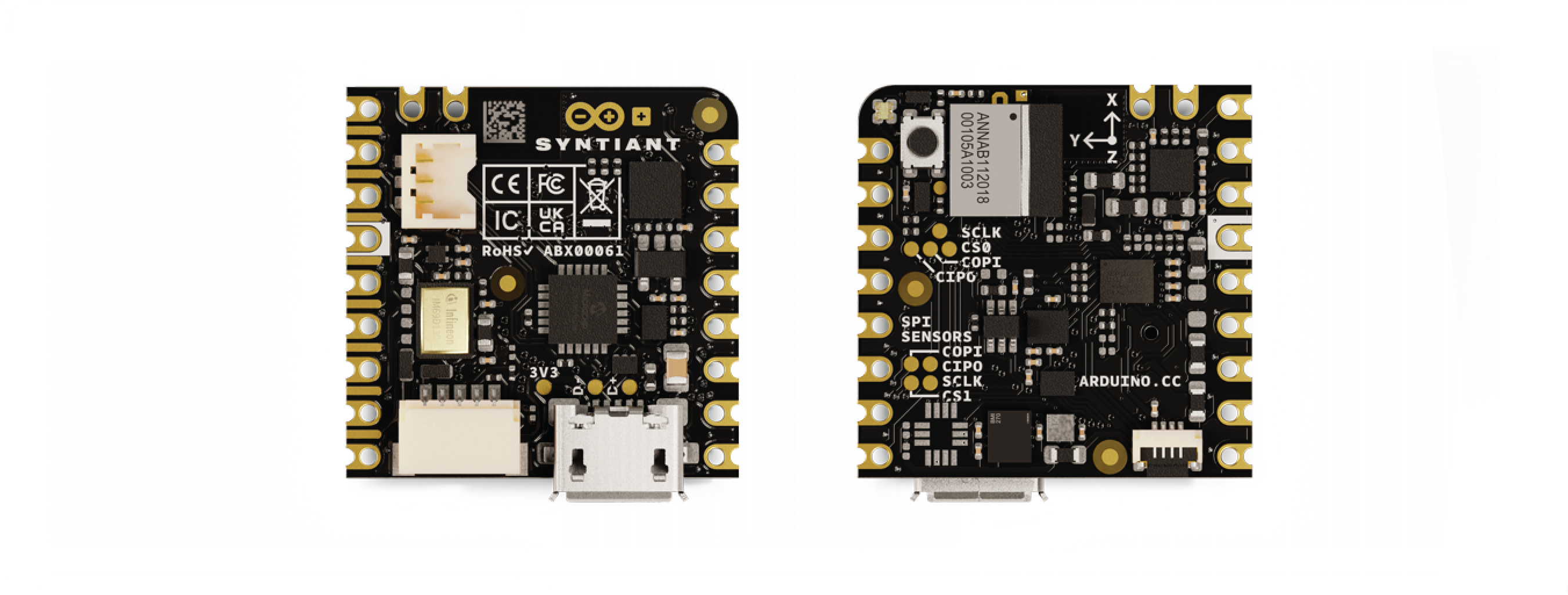
One of them was the discovery that promoting (111) crystal facets at the surface of perovskite thin films makes them more stable in the face of heat, light and moisture, according to EPFL, which worked in this case with Sungkyunkwan University South Korea.
The researchers looked at facets at the surface of perovskite thin films: (100) facets, most commonly found, and the rarer (111) facets.
“The study found that the (100) facet is particularly prone to degradation as it can quickly transition to an unstable, inactive phase when exposed to moisture,” according to EPFL. “In contrast, the (111) facet was found to much more stable and resistant to degradation.”
The cause of degradation was water bonding with the (100) facets at the film’s surface, leading to instability.
Adding ligand molecules to promote growth of the more stable (111) facet at the film’s surface, which EPFL is calling facet engineering, made films that were “exceptionally stable and resistant to both moisture and heat”, it said.
Stability was reported against moisture up to 85% relative humidity and temperatures up to 85°C without additional surface passivation.
The work is covered in the paper ‘Unveiling facet-dependent degradation and facet engineering for stable perovskite solar cells‘, published by Science.
Only a few days earlier in the same journal, this time with other collaborators, EPFL published another paper on longer-life thin-film perovskite solar cells, created by a pair of modifications.
An additive was used to consolidate the crystal structure by engineering the grain boundaries – which increased tolerance to illumination, heat and moisture, and a modification was made to injected holes into the hole-transport material, effectively p-doping it.
The resulting cells achieved 23.5% efficiency in a 1cm2 mixed–cation-anion perovskite solar cell, and 21.4% for 17.1cm2 perovskite solar module – the latter retaining 95.5% of its initial efficiency after >3,000h under one-sun illumination at 70°C.
For this one, EPFL worked with: Huazhong University of Science and Technology, Wuhan University of Technology, Southern University of Science and Technology (Shenzhen), Wuhan University and the Chinese Academy of Sciences. It is published as ‘Radical polymeric p-doping and grain modulation for stable, efficient perovskite solar modules‘.







